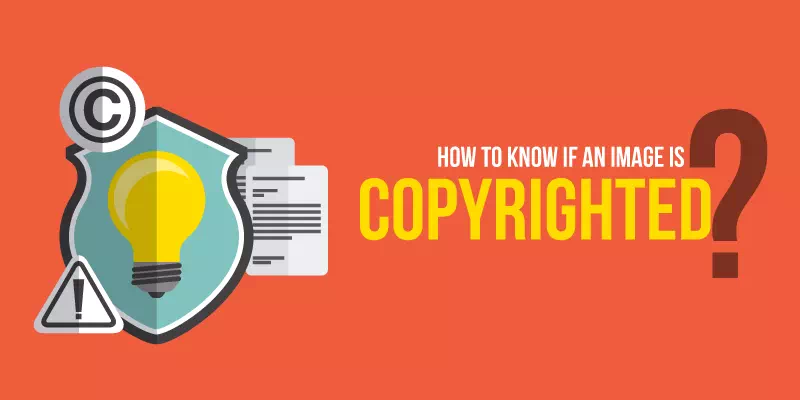Copyright awareness is of utmost importance in today’s digital world. It helps to protect the rights of creators. Copyright awareness fosters a fair and ethical creative environment. By understanding copyright laws and regulations, individuals can make informed decisions about using and sharing creative works. Copyright awareness encourages respect for intellectual property. It supports the livelihood of artists and helps individuals avoid legal issues related to copyright infringement.
Image copyright grants exclusive rights to the original creator, such as the right to reproduce, distribute, display and modify the image. It is important to obtain permission or licenses when using copyrighted images to avoid infringement. By understanding image copyright, individuals can navigate the legal and ethical considerations of image usage. One can foster a culture of respect for creative works through this.
What is Copyright?
Copyright is the legal protection of the creators for their original works, such as literary, artistic, musical or dramatic works. It grants the creators exclusive rights to control their works. Copyright protection aims to encourage and reward creative expression of creators. It provides creators the ability to control their creations and financially benefit from those creations.
Copyright applies automatically upon the creation of a work and typically lasts for a specific duration. It safeguards the rights of creators and promotes a thriving creative ecosystem by balancing the interests of creators, users and society at large.
Duration of Copyright
Copyright duration varies based on many factors. It depends on the type of work, date of creation and country of origin. In general, copyright protection lasts for the lifetime of the creator plus an additional 50 to 70 years after their death.
The duration of the copyright that made for corporate works is usually 95 years from the year of publication or 120 years from the year of creation, whichever comes first.
Copyright duration can also depend on specific circumstances, international agreements and legislative changes. It is important to consult the copyright laws of the relevant jurisdiction for precise information on copyright duration.
10 Easiest Ways to Know if an Image Is Copyrighted
By following these ten simple steps, individuals can determine the copyright status of an image and can make informed decisions about how to use it.
Check for Copyright Watermarks
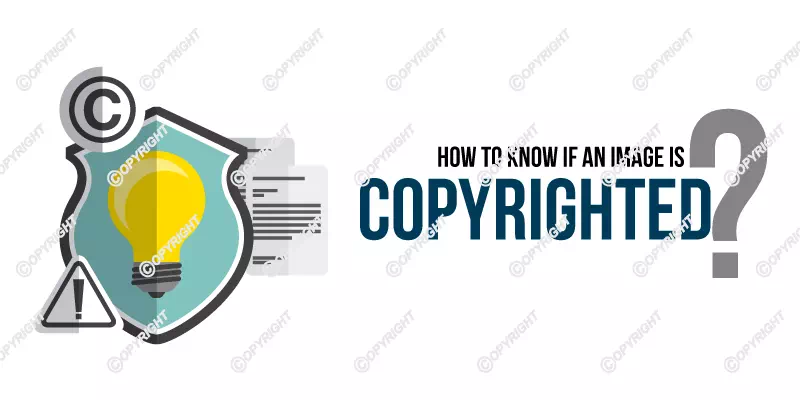
Copyright watermarks intentionally signify ownership through visible markings, logos, or text placed on the image. Some details on how to check for copyright watermarks are given below:
- Look for Visible Markings: Carefully examine the image for any visible markings or text that indicate copyright ownership. They may include copyright symbols (©). They also can include the word “copyright,” or the name, logo or website of the copyright holder.
- Check Image Attribution: If you see an image on a website or platform, review the provided image attribution or credit information alongside it.
- Examine Watermark Transparency: Some copyright watermarks are designed to be less intrusive, making them more difficult to detect. Adjust the brightness, contrast or zoom level of the image to see if any faint watermarks become visible.
- Use Image Editing Software: If you have access to image editing software, try adjusting the image’s properties. You also can use tools like the Magic Wand or Select by Color to select and highlight any watermark areas. This can help reveal any hidden or semi-transparent watermarks.
Review Copyright Notices
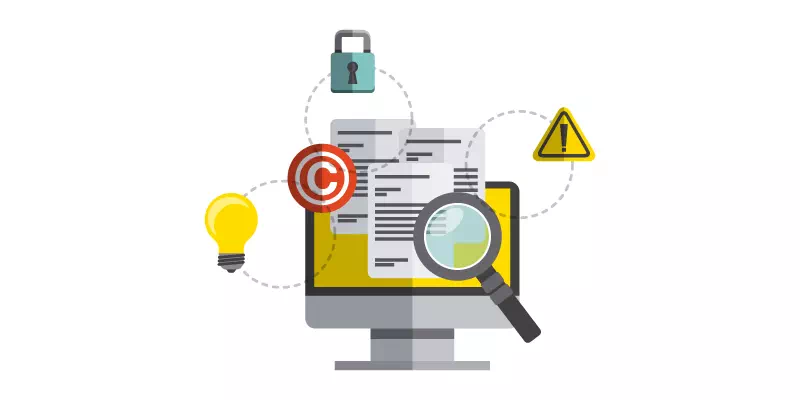
Review copyright notices is an important method to detect any copyrighted image. You can get the information about the ownership and copyright status of an image from these notices. Let’s explore some way of how to review copyright notices:
- Image Source: Check the website or platform where you found the image. Look for any copyright information mentioned on the webpage, such as in the image description, caption or copyright statement.
- Terms of Use: Review the website’s terms of use or licensing agreements. These agreements often include copyright notices that specify the rights and restrictions related to the use of images. Pay attention to any specific guidelines or requirements mentioned.
- Copyright Statements: Some images may have copyright statements embedded within the image file itself or displayed alongside it. These statements typically include the copyright symbol (©) along with the copyright owner’s name. They also show the year of creation or publication.
- Creative Commons Licenses: If the image is released under a Creative Commons license, the copyright notice may include specific terms and conditions for using the image. Read those conditions very carefully.
You may also read– copyright free vector images sources.
Explore Terms of Use

Exploring the terms of use helps you to know if an image is copyrighted or not. The ways to explore terms of use are given below:
- Locate the Terms of Use: Look for a link or section on the website or platform that provides the terms of use or licensing information.
- Read the Terms: Take the time to carefully read and understand the terms of use. Pay attention to any specific language related to copyright, image usage and permissions.
- Usage Guidelines: The terms of use may provide guidelines on how the images can be used, such as for personal or commercial purposes.
- Permission and Licensing: If the terms of use mention that permission is required to use the images or that they are available under a specific license, make sure to follow the provided instructions for obtaining permission or adhering to the licensing terms.
- Contact Information: If you have any questions or need clarification about the terms of use, look for contact information, such as an email address or support form, to reach out to the website or platform administrators.
Search for Image Metadata
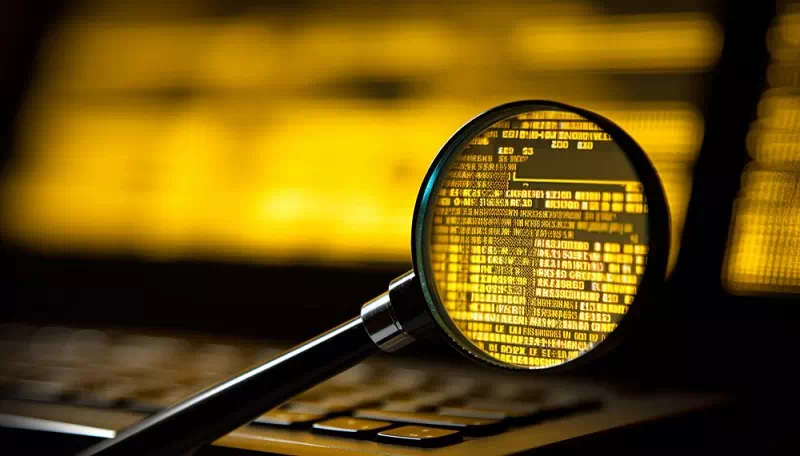
Image metadata is the embedded information within an image file that includes details such as camera settings, date of creation and copyright information. It provides valuable insights into the copyright status. Here are some steps to search for image metadata:
- Image Editing Software: Use image editing software such as Adobe Photoshop, Lightroom or other EXIF viewers to access the metadata of the image.
- Right-click on the Image: Right-click on the image file and select “Properties” or “Get Info” to access the image properties. Look for a “Metadata” tab where you can find embedded information.
- Metadata Fields: Look for specific metadata fields that may provide information about the copyright status or copyright holder. Common fields include “Copyright,” “Author,” or “Artist” where copyright-related details may be present.
Perform a Reverse Image Search

Performing a reverse image search helps to detect the copyrighted state of any image. The way you can do a reverse image search are discussed here:
- Choose a Reverse Image Search Engine: Use popular reverse image search engines like Google Images, TinEye or Bing Images. These platforms allow you to search for an image by uploading it. You also can search through providing its URL.
- Upload or Enter the Image URL: Upload the image file from your computer or paste the URL of the image you want to search. The search engine will analyze the image and generate search results.
- Analyze the Search Results: Review the search results to see if the image appears on other websites or platforms. Look for websites or sources that provide information about the copyright status or ownership of the image.
- Check for Copyright Information: Examine the websites that feature the image. Check for any copyright notices, statements or attribution information. This can help determine if the image is copyrighted and provide insights into its usage permissions.
Contact the Original Creator
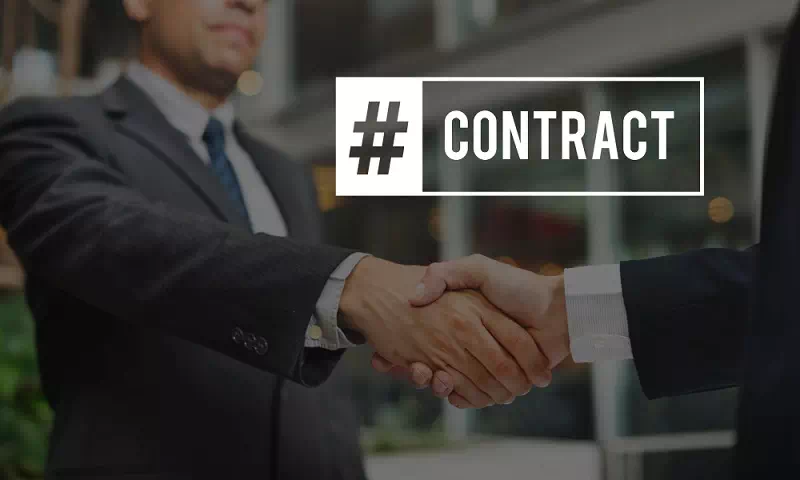
Contacting the original creator of an image is a direct and reliable way to determine its copyright status. By reaching out to the creator, you can inquire about the image’s copyright ownership and usage permissions. Let’s explore the steps to contact the original creator:
- Identify the Original Creator: If possible, try to determine the name or contact information of the original creator of the image. This may be mentioned on the website, platform or in the image attribution if available.
- Look for Contact Information: Visit the creator’s website to find contact details such as an email address or social media accounts. If contact information is not available, consider searching for the creator’s name online. In this case you also can use platform’s messaging system if applicable.
- Wait for a Response: Send the inquiry and allow some time for the creator to respond. Be patient and considerate, as the creator may receive numerous requests or have limited availability.
Consult Creative Commons Databases

Consulting Creative Commons databases is a helpful way to identify if an image is copyrighted. Creative Commons databases provide a collection of legally-licensed content that allows creators to specify the permissions and restrictions for others to use their works. Some ways to consult Creative Commons databases are displayed here:
- Visit Creative Commons Websites: Explore popular Creative Commons websites such as Creative Commons Search (search.creativecommons.org) that curate Creative Commons-licensed content.
- Enter Search Keywords: Enter relevant search keywords related to the type of image you’re looking for. You can specify the desired usage permissions such as commercial or non-commercial use. It provides you the power of modification or adaptation.
- Review Search Results: Browse through the search results and look for images that match your criteria. Pay attention to any licensing information provided with each image, such as Creative Commons license types or specific usage instructions.
- Understand License Terms: Click on the image or the license information to access more details about the licensing terms. Read the license description and any additional conditions mentioned by the copyright holder.
Verify Public Domain Status

Let’s explore the steps to verify the public domain status of an image:
- Research Public Domain Criteria: Familiarize yourself with the criteria that a public domain image process. Copyrighted images typically enter the public domain when their copyright expires, when the government creates them, or when the copyright holder explicitly releases them into the public domain.
- Determine Copyright Expiry: If the image is old, research the copyright laws of the relevant jurisdiction to determine if the copyright has expired. There are different copyright duration in different countries. It also vary on the time of creation. In many cases, works published before a certain year are likely in the public domain.
- Identify Government Works: Verify if a government entity created the image, as government-produced works are frequently in the public domain. But be careful also. Because some government works may still be subject to copyright. Especially, it occurs when they involve third-party contributions.
- Search Public Domain Resources: Consult reliable public domain resources, such as online databases or libraries specializing in public domain content. These resources help you to collect the images that are confirmed to be in the public domain.
- Cross-Reference Information: Cross-reference the information obtained from various sources to ensure the accuracy of the public domain status. Check multiple reputable resources to confirm that the image is indeed in the public domain.
Seek Legal Advice

Legal advice will help you to get the knowledge about the copyright status of an image. The subject to consider when seeking legal advice:
- Consult an Intellectual Property Lawyer: Look for an experienced intellectual property lawyer who specializes in copyright law. He can give you important advice on copyright-related matters.
- Explain Your Situation: Clearly communicate your concerns and provide relevant details about the image in question. Describe how you intend to use the image.
- Share Supporting Documentation: Provide any supporting documentation you have gathered, such as copyright notices, licenses or information about the image’s source. This will assist the lawyer in understanding the context and making informed recommendations.
- Discuss Your Options: The lawyer will evaluate your case and discuss the legal options available to you. They may provide guidance on obtaining permissions or exploring alternatives to using copyrighted images.
- Follow Legal Advice: If the lawyer advises against using the image, it is crucial to follow their guidance. Respecting copyright laws is essential to avoid legal issues and potential infringement claims.
Use Licensed Stock Photos
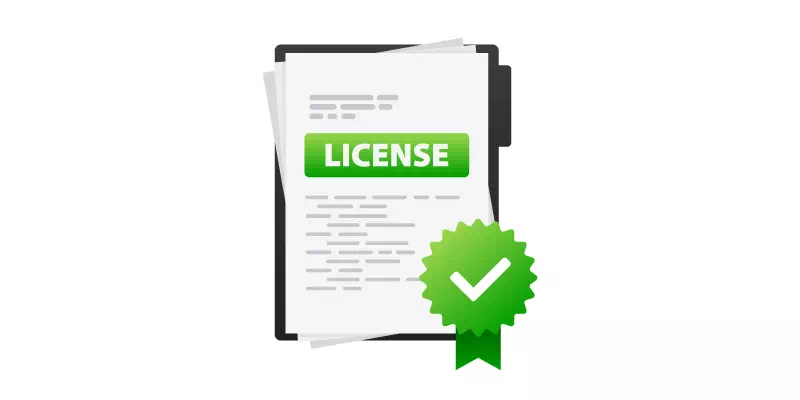
Using licensed stock photos is a reliable and convenient way to ensure that you have the necessary rights to use an image. Stock photos are professionally captured and curated images that are available for licensing and commercial use. Here’s how you can use licensed stock photos:
- Choose Reputable Stock Photo Websites: Explore well-known stock photo websites such as Shutterstock, Getty Images, Adobe Stock or Unsplash. These platforms offer the high-quality images from various categories.
- Search for Relevant Images: Use the search function on the stock photo website to find images that match your specific needs. Enter keywords related to the subject you are looking for.
- Filter by Licensing Options: Many stock photo websites provide licensing options to meet different usage requirements. Filter the search results based on the type of license you need.
- Purchase and Download: Once you have identified a suitable image, follow the website’s instructions to purchase and download the image. Most stock photo websites offer flexible pricing options, including single image purchases or subscription plans.
- Adhere to License Terms: Read and understand the license agreement associated with the purchased image. Each image may have specific usage guidelines that you need to follow, such as proper attribution or limitations on distribution or modification.
Why we should Respect Copyrighted Materials
Respecting copyrighted materials is important for several reasons:
Legal Compliance: Respecting copyright laws ensures that you are operating within the legal framework and avoiding potential legal consequences. Copyright laws protect the rights of creators and provide them with exclusive control over their original works.
Supporting Creativity: Respecting copyrighted materials supports the creative community and encourages a culture of innovation. When creators know that their works are protected, they are more likely to continue producing original and valuable content.
Fair Compensation: Copyright protection allows creators to receive fair compensation for their creations. This financial support enables them to continue producing high-quality content and fuels further creativity.
Preserving Intellectual Property Rights: Respecting copyrighted materials preserves the integrity and value of intellectual property. It discourages unauthorized use or modification of creative works, which can undermine the economic and artistic value of those works.
Fostering a Creative Ecosystem: By respecting copyrighted materials, you contribute to the overall health and sustainability of the creative ecosystem. It promotes a balanced and fair exchange of ideas. It also protects the rights of creators and encourages the development of new artistic expressions.
Intellectual Property Protection: Respecting copyrights safeguards the intellectual property rights of creators. It acknowledges their ownership and control over their original works. Besides, copyright prevents unauthorized use, reproduction or distribution.
Encouraging Innovation: Respecting copyrights provides an environment that encourages innovation and creativity. When creators have confidence that their works will be protected, they are more motivated to invest their time and talents into developing new and innovative ideas.
Ethical Considerations: Respecting copyrights is an ethical practice that upholds the principles of fairness, integrity and respect for others’ rights. It acknowledges the effort, creativity and investment that creators put into their works.
Conclusion
Image copyright detection methods provide valuable insights into the copyright status of images. It helps individuals make informed decisions when using them. It’s important to employ these methods to respect the rights of creators and ensure compliance with copyright laws. By respecting copyrighted materials, we contribute to create a thriving environment for the creative works.
By increasing awareness and understanding of copyright laws, we can foster a culture of respect for intellectual property rights. As creators and users of creative works, we should educate ourselves and others about copyright regulations. Through promoting copyright awareness, we empower individuals to make informed decisions, avoid unintentional infringement and protect their own creative works.
FAQs Section
Q1: What is copyright?
Copyright is a legal protection granted to creators of original works. It gives them exclusive rights over their creations.
Q2: How can I determine if an image is copyrighted?
You can check it in many ways such as by looking for watermarks, reviewing copyright notices, examining image metadata, conducting reverse image searches and contacting the original creator or copyright holder for clarification.
Q3: Can I use an image if I give credit to the original creator?
Giving credit to the original creator is a good practice, but it does not automatically grant you the right to use the image. Permission from the copyright holder is necessary.
Q4: What are the consequences of using copyrighted images without permission?
Using copyrighted images without permission can lead to legal consequences, including copyright infringement claims, financial penalties and the need to remove the image from your website or publication.

